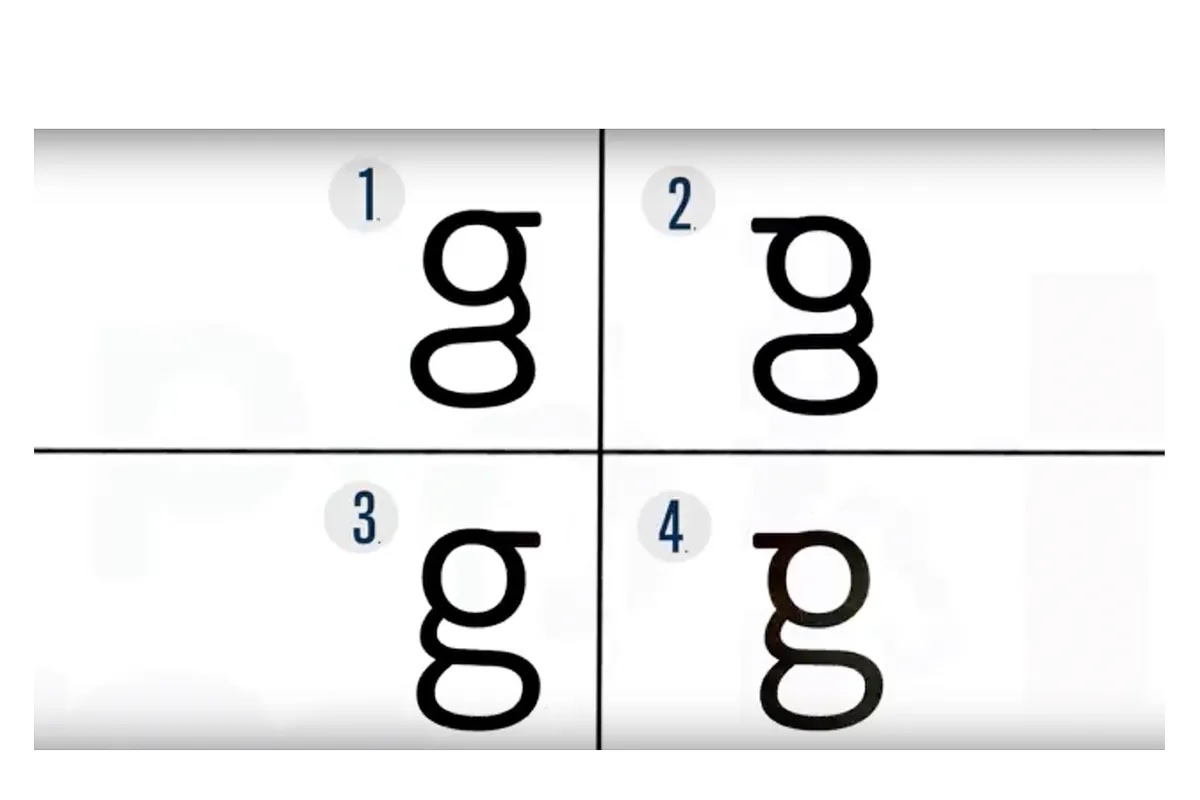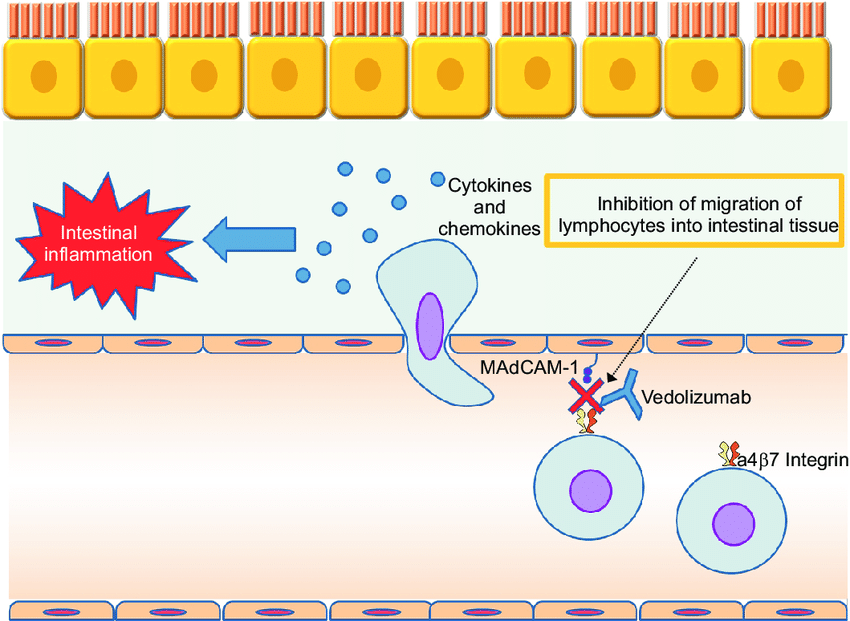The Four G’s
Dear Friend,
This week, I am thrilled to share some exciting news with you. I passed my PACES examination, the final step in obtaining my membership to the Royal College of Physicians (MRCP). For those unfamiliar, the Membership of the Royal Colleges of Physicians of the United Kingdom (MRCP(UK)) is a postgraduate medical diploma essential for all physicians training in a medical specialty in the UK, such as cardiology, respiratory medicine, and, in my case, oncology. With this achievement, I will be eligible to apply for a registrar position next year.
The exam comprises three parts: two written and one clinical. The first two parts consist of online multiple-choice questions, while the final part, called PACES, involves a carousel with five stations. This is similar to OSCEs in medical school, requiring examinations like cardiovascular, neurological, and abdominal assessments, as well as communication stations. The pass rate is around 50%. I was extremely nervous going into the exam but managed to pass with a score of 165/168 (98%). I’ll find out in August how close this is to the top rank.
Having completed my exams and my ARCP for this year, I’ve experienced a bit of an adrenaline crash. It’s during moments like these that I like to sit back and reflect on my life, assessing what I’ve accomplished and planning for the next few months and years.
For the past ten years, whenever I’ve done this, I’ve evaluated my life based on the “4 G’s.” This isn’t rooted in any psychological theory—just my personal way of assessing my progress. The goal is to have all four, which motivates me to keep going. This week, I thought I’d share my mantra with you. Perhaps some of you can relate, though I wouldn’t be surprised if many of you don’t. I hope you find it an interesting read.

Grades
This is the first G. It originated during my school years, which is why I still refer to it as “grades.” Essentially, this relates to performing well at work and in my career. Interestingly, I’ve been working towards an exam recently, making it feel like I’m still in school at times. When life gets confusing, returning to basics and focusing on my job helps me reset and ensures I have at least one G covered.
Group
The second G emphasizes the importance of your social group, including friends and family. It’s crucial not to take family for granted, even though they are always there for you. Spending quality time with family is important, and balancing your career with time for friends is essential for maintaining social well-being.
Guns
Again, the acronym comes from the mind of a 16 year old boy. By this G, I refer to being healthy and in shape. The junior doctor rota can sometimes become so brutal that it affects your eating habits, your sleep patterns – without realising very quickly you can put on a lot of weight. Now that my exams are over and night shifts coming to an end, I am really trying to put in a shift at the gym for that summer body (though it is much easier than it sounds).
Girl
The final G stands for your partner. Initially, I thought achieving the first three G’s would naturally lead to finding the right partner. However, I’ve realized that relationships aren’t a simple checklist. Often, the right partner comes into your life unexpectedly. A supportive and happy partner can greatly influence and enhance the other three G’s.
Summary
Some of you may disagree with my mantra that these 4 themes are just part of life and you shouldn’t have to focus on ticking off any specific one of them. However, in a job like medicine, where you can often lose sight of the bigger picture, I think it helps keep me in balance, and ensure I split my time and attention between the 4.
I hope you found that an interesting read. I’d love to hear your thoughts – feel free to write in.
Drug of the week
Vedolizumab
This is a monoclonal antibody which binds to integrin α4β7 (LPAM-1, lymphocyte Peyer’s patch adhesion molecule 1), blocking the α4β7 integrin results in gut-selective anti-inflammatory activity.
Vedolizumab has been approved for use in adults with moderate to severe ulcerative colitis or Crohn’s disease having a poor response to tumor necrosis factor (TNF) blockers or corticosteroids, or for those who are steroid-dependent.

A Brain Teaser
A 53-year-old woman presents to the general practitioner with a 1-year history of worsening erythematous rash on the nose, forehead and cheeks associated with telangiectasia and papules. The rash is aggravation by sun exposure and hot and spicy food. She has previously sought medical help for this condition before, and despite treatment with topical metronidazole, her symptoms remain uncontrolled. She is otherwise well with no allergies.
Which of the following management options would be most appropriate for this patient?
A: Oral clarithromycin
B: Oral doxycyline + topical ivermectin
C: Oral erythromycin
D: Oral flucloxacillin
E: Topical erythromycin
Answers
The answer is B – oral doxycyline + topical ivermectin
This patient presents with an erythematous rash on the nose, forehead and cheeks associated with telangiectasia and papules, which is aggravation by sun exposure and hot and spicy food. This, in combination with her age, makes a diagnosis of rosacea most likely. First-line management of this condition is with topical ivermectin, but oral doxycycline + topical ivermectin should be given as this has proved ineffective.
Oral clarithromycin is incorrect. This is a macrolide that may be used for various dermatological problems such as infected diabetic foot and leg ulcer infections. It is not commonly used in the management of acne rosacea.
Oral erythromycin is a macrolide generally used in patients who are intolerant to tetracyclines as well as in pregnant women in whom tetracyclines are contraindicated (causes teeth discolouration of the foetus).
Oral flucloxacillin is incorrect. This is typically used for skin infections such as impetigo and cellulitis.
Topical erythromycin is incorrect. If used for rosacea, erythromycin is typically given orally.




